12 of Limousin’s Most Iconic Sites
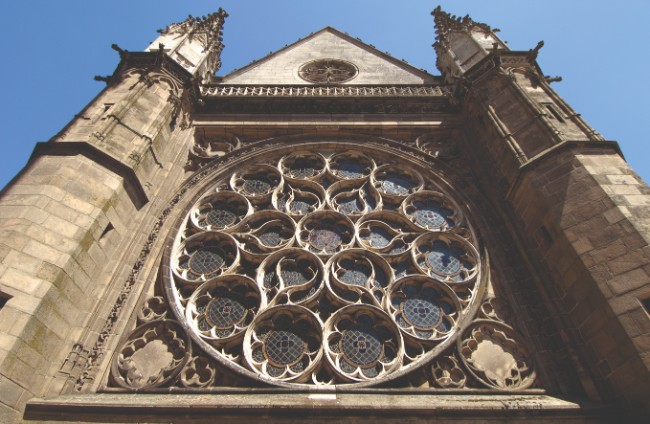

The region’s finest architecture and best landmarks
Related article: Great Destinations: Limousin, Land of Fire and Stone
The Cathédrale Saint-Étienne de Limoges is predominantly Gothic, but there is 600 years’ worth of building work here and styles from the Romanesque of the crypt through to the Renaissance rood screen. It was completed in 1888.

Église Saint-Michel. © Ville de Limoges/ L. Lagarde
ÉGLISE SAINT-MICHEL-DES-LIONS
Two Gallo-Roman statues of lions guard its entrance. This is another Gothic church and has, like the cathedral, a typically Limousine bell tower; this one surmounted by a curious metal ball.

Chapelle Saint Aurélien in Limoges. © Jon Palmer
The chapelle houses the relics of Saint Aurélien, the second bishop of Limoges. It also has a very unusual statue of Mary and Jesus, which depicts the Christ child eating a kidney. Have you ever seen Jesus eating offal before? Probably not.
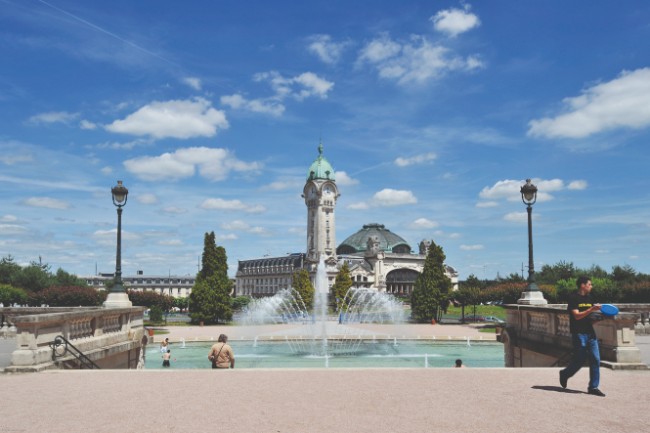
Limoges Gare. © Ville de Limoges/ Vincent Schrive
Limoges railway station, which is named after the monastery that once stood here, is unusual in that it is built over the railway lines rather than next to them. It is also justly famous for its Art Deco stained-glass windows.
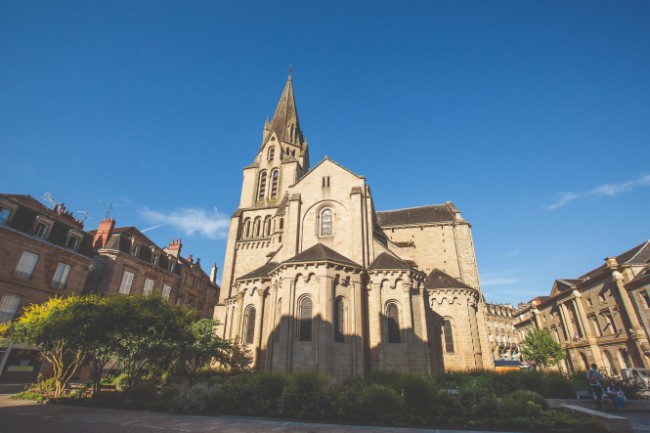
Collegiale Saint Martin. © Malika Turin
COLLÉGIALE SAINT-MARTIN DE BRIVE-LA-GAILLARDE
So called because it was run by a college of priests, the church’s construction began in the 11th century. It’s dedicated to Saint Martin, who saved the city with his ‘grande lumière’ (long story)…

Hôtel Musée Labenche. © Malika Turin
The 16th-century Hôtel Labenche, built in pink sandstone, is recognised as being one of the nest Renaissance buildings in the region and was where visiting royalty and nobility would stay while at Brive-la-Gaillarde. It is now the town’s art and history museum.

Brive Château d’Eau. © D. Courreges
It’s not a château in the usual sense, but it’s perhaps the most significant secular landmark in Brive-la-Gaillarde. The town’s former water tower now houses its tourist office, and for a small fee you can climb to the top and look out over the city.

Château de Rochechouart. © Jon Palmer
Overlooking the Graine and Vayres valleys, this was an important fortification in the 13th century. Much of the building dates from the 15th century, and it has housed a contemporary art museum since 1985.

Pompadour Château. © A. JoinetCRTNA
The château’s strategic position between Limoges and Brive-la-Gaillarde made it a much-desired fortress in the Middle Ages – albeit one subjected to sieges and fires. It became a property of the National Stud in the 17th century.
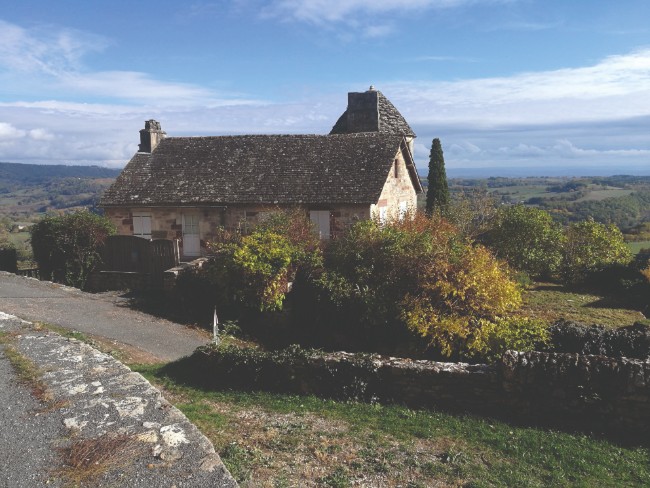
Turenne street. © Jon Palmer
From this outcrop, you can see the Monts d’Auvergne and the Marches du Midi Toulousain. Turenne is a Plus Beau Village de France, and thanks to the impregnability of its citadel, it remained politically independent of France right up until 1738.

Château de Bonneval. © Jon Palmer
It’s only open to visitors in summer, but this former military fortress-turned-stately home promises wonderful views and the legacies of a millennium of habitation. You can book guided tours of the interior with the current Marquis and Marquise de Bonneval.
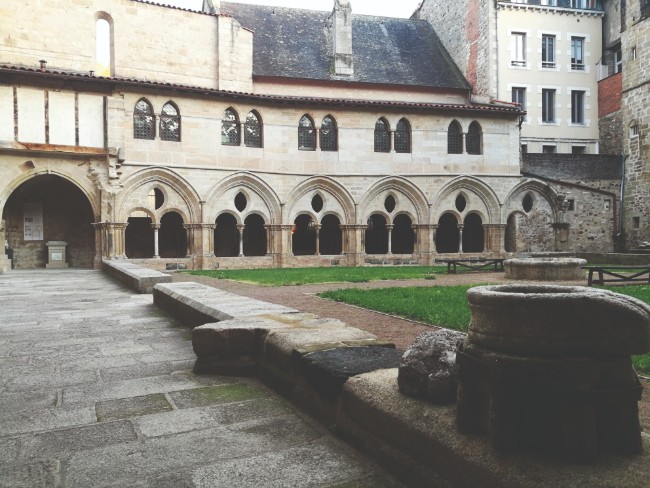
Tulle Cathedral cloisters. © Jon Palmer
CATHÉDRALE NOTRE-DAME DE TULLE
Famous for its organ and stained-glass windows, Tulle’s cathedral also has some of the most peaceful cloisters you’ll ever see. There’s a free museum here, too, where you can discover the history of the town and its residents.
From France Today magazine
Share to: Facebook Twitter LinkedIn Email
By Jon Palmer
Leave a reply
Your email address will not be published. Required fields are marked *



